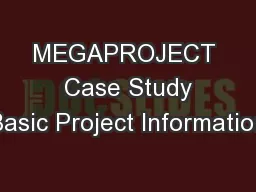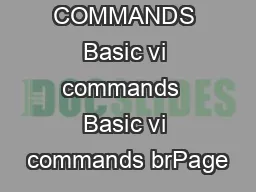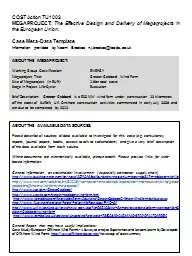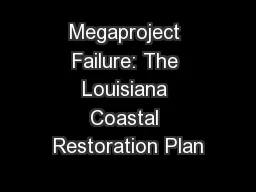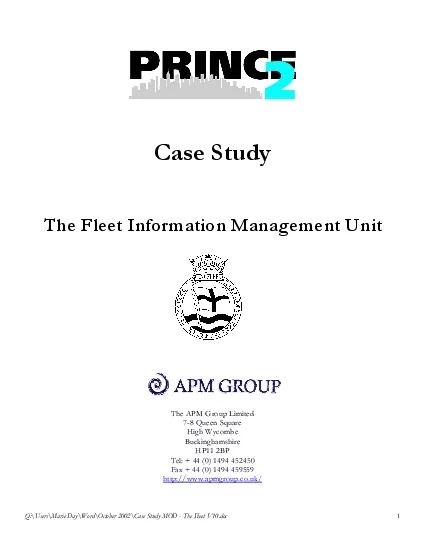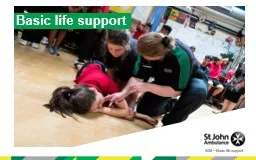PPT-MEGAPROJECT Case Study Basic Project Information
Author : conchita-marotz | Published Date : 2018-02-14
Case compiled by João de Abreu e Silva and Marisa Pedro Contact details joaoabreucivilistutlpt marisapedroistutlpt
Presentation Embed Code
Download Presentation
Download Presentation The PPT/PDF document "MEGAPROJECT Case Study Basic Project In..." is the property of its rightful owner. Permission is granted to download and print the materials on this website for personal, non-commercial use only, and to display it on your personal computer provided you do not modify the materials and that you retain all copyright notices contained in the materials. By downloading content from our website, you accept the terms of this agreement.
MEGAPROJECT Case Study Basic Project Information: Transcript
Download Rules Of Document
"MEGAPROJECT Case Study Basic Project Information"The content belongs to its owner. You may download and print it for personal use, without modification, and keep all copyright notices. By downloading, you agree to these terms.
Related Documents

